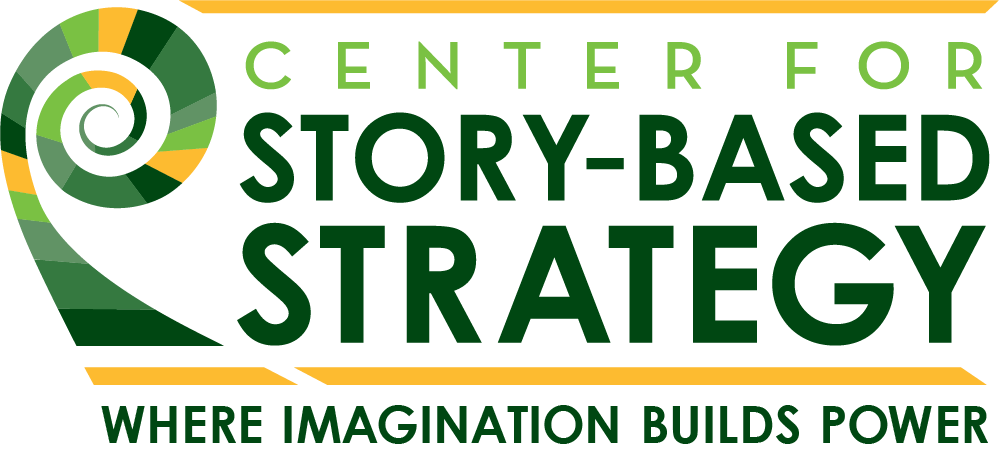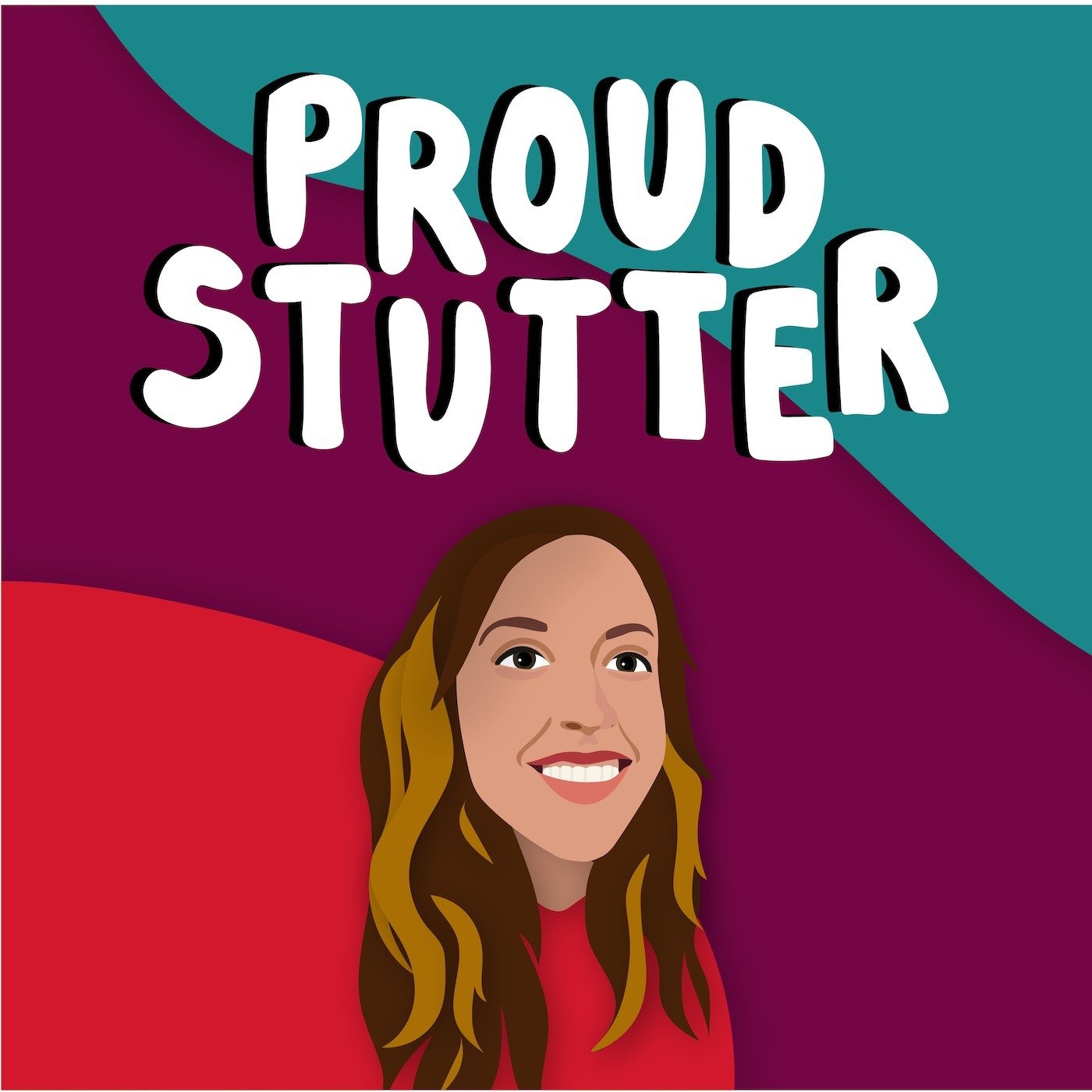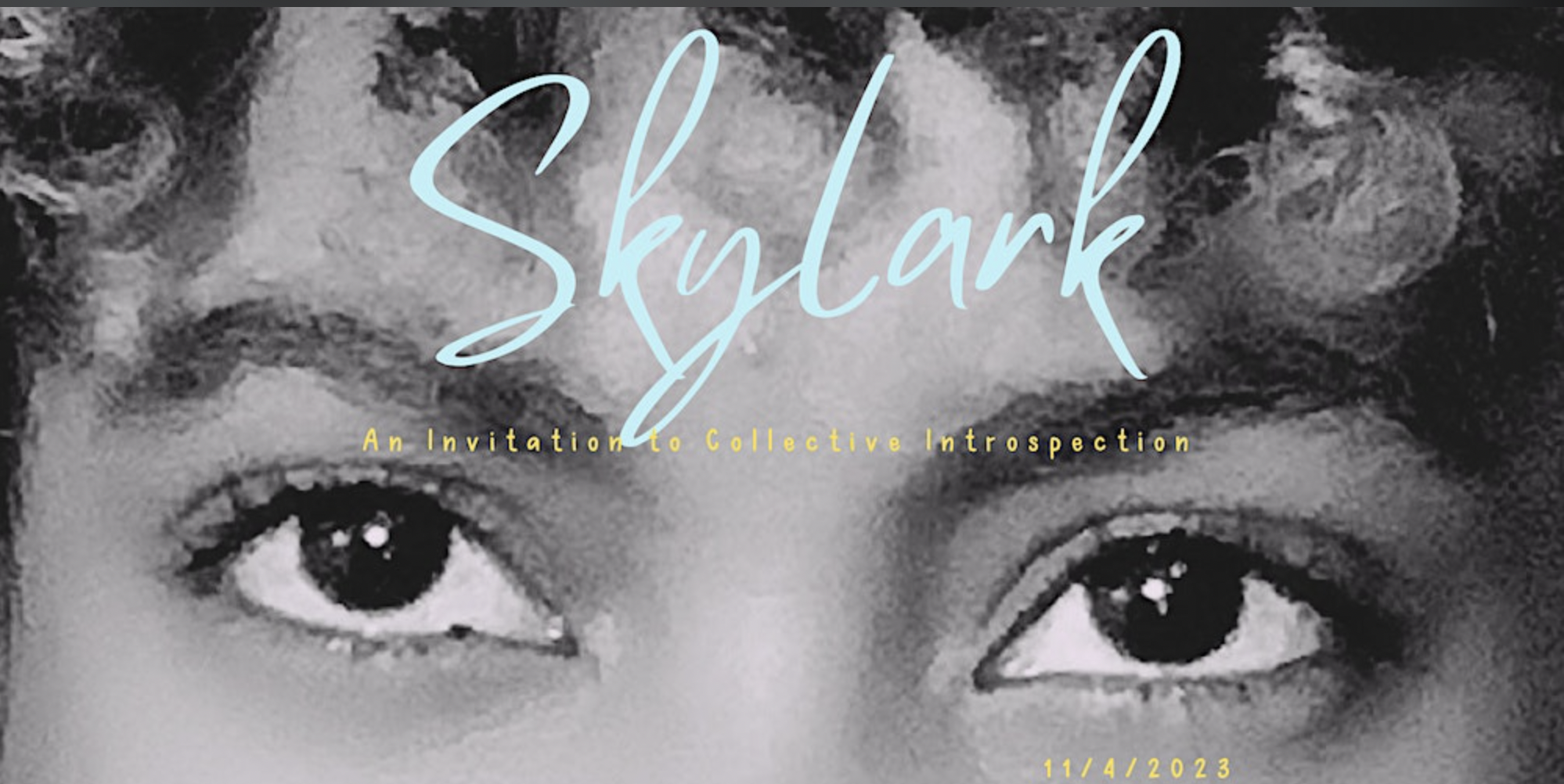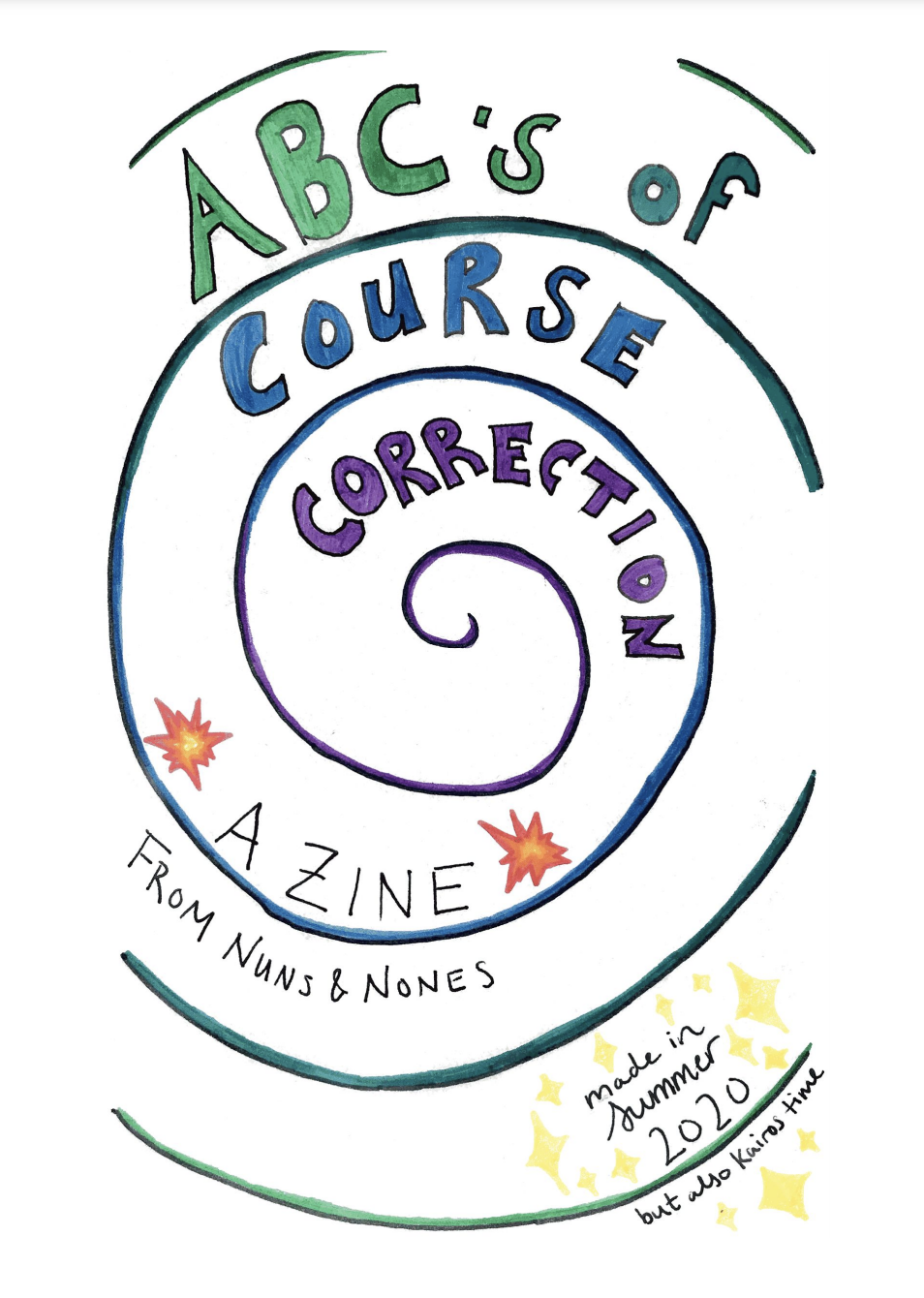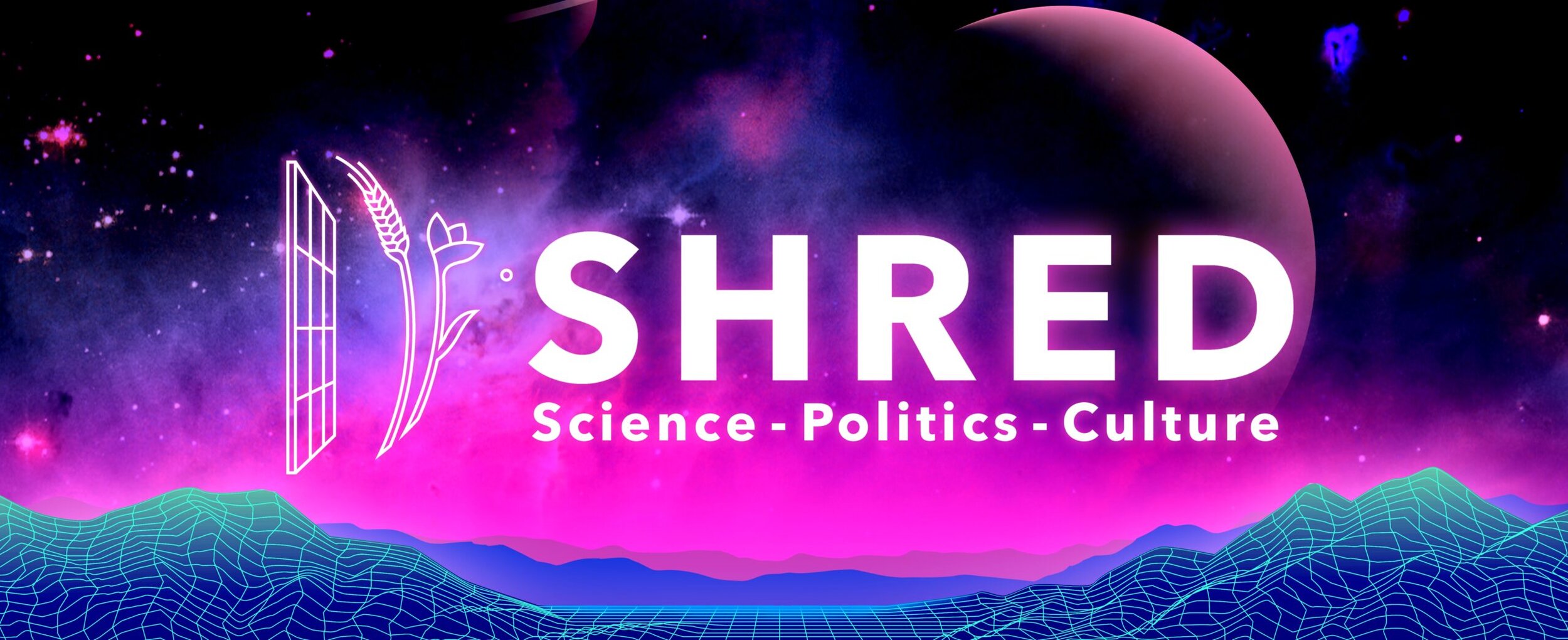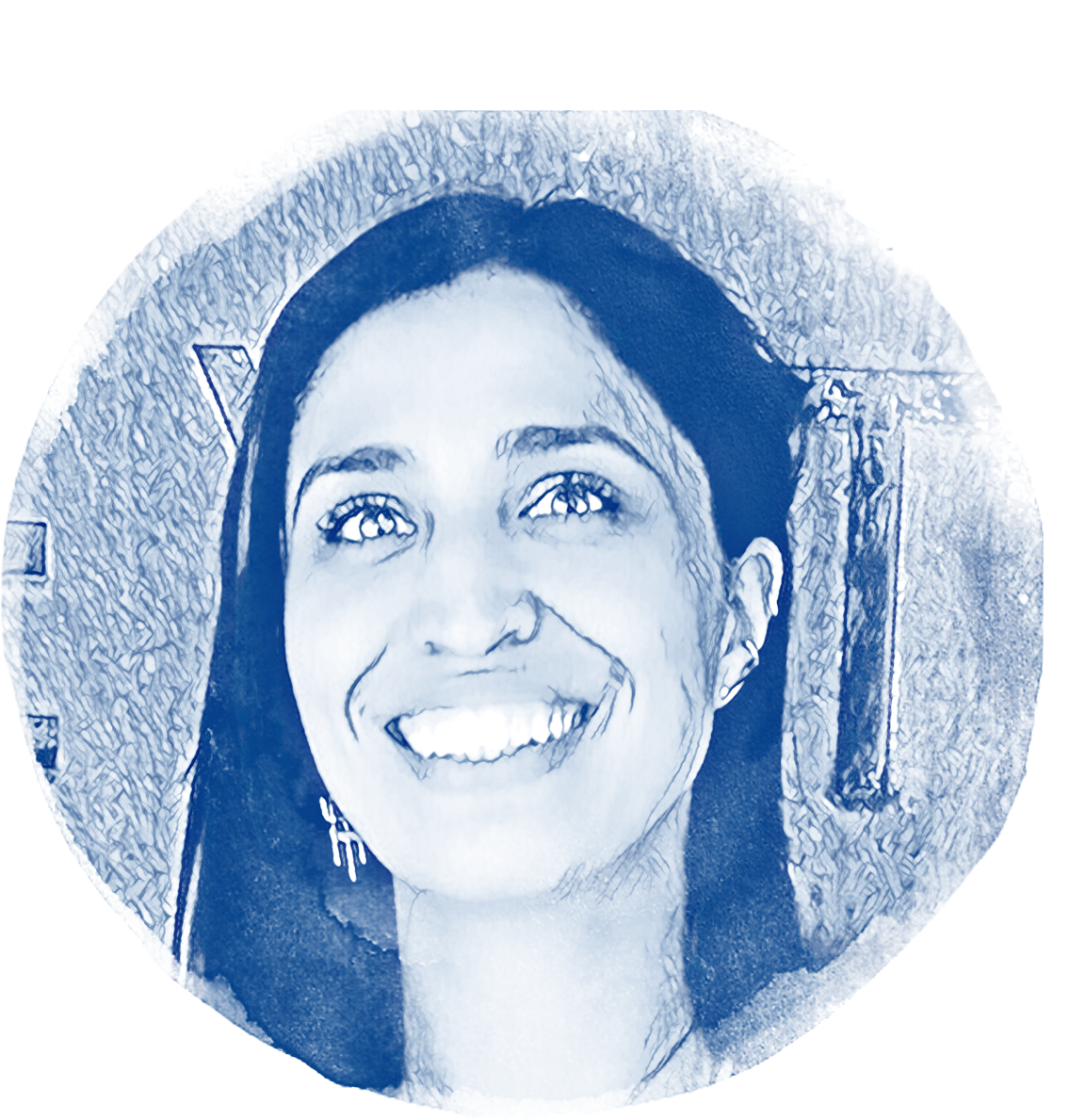What does it look like to use story-based strategy in your movement work? These interviews showcase SBS in action in a variety of creative contexts.
The Story-based Strategy Advanced Training is where we build narrative leadership. It brings CSS so much joy to think of the countless organizers, strategists, and culture-shifters who’ve left this space with bolder visions, sharper skills, and the readiness to bring SBS back to their movements.
Jordan Salcido is the County Youth Climate Commissioner with LA County and is hosting community gatherings on an imminent environmental justice campaign. She is using tools like Narrative Power Media Analysis, Battle of the Story, and Fairy Tales to envision innovative and cultural actions that put pressure on decision makers in LA.
Sarah Glover is the Director of Political Education & Research at Rising Majority for the Rising Majority and is integrating Story-based Strategy tools into political education and comms work of a Rising Majority to make more accessible political education materials for the broad coalition.
Jenica Garcia is a Filipino-American organizer with Lavender Phoenix. This year, LavNix (Lavender Phoenix) will launch a campaign, Care Not Cops, to call attention to SFPD’s rising budget. Jenica is using CSS tools to support art making and cultural production for this campaign that will launch during this year’s PRIDE gatherings.
k. rae (she/her) is a transdisciplinary artist, cultural strategist, and poet. She was a 2024 Liberation Generation fellow with the Center for Story Based Strategy and got her start in poetry with DewMore Baltimore on the City Wide Youth Poetry Team. She is the author of the interactive poetry collection a world for us and the chaplet (beamphrase)(circles). She spends a lot of time thinking about birds and other undisclosed topics.
Learn how Story-based Strategy helped Maya Chupkov kickstart her amazing podcast Proud Stutter.
Skylark aims to inspire and equip femme food workers of color, especially Black femmes, to divest from capitalism in their daily lives and explore their value outside labor.
By framing it not as we're going to lose or they're going to win or anything like that, we see these people are just loud and irrelevant. Our goal is to make the trustees feel comfortable. We were able to reframe the conversation and actually utilize a lot of their terminology against them, right?
This work started by doing a deep interrogation of societal beliefs around sexual violence. The pervasiveness of sexual violence exists because society enables and supports it. We spent most of our time while crafting the strategy to understand what people, structures, and systems uphold and are complicit in this mindset.
The Radical Imagination fellowship created the space to take this story and opportunity about structural economic change and create a narrative where California’s young people — young voters of color — come together to tap into our power, beat back corporations, and win structural change.
We tell stories about reality. But we also tell stories to change reality. Those two things are in a dynamic conversation. Reality, story, reality. Story-based Strategy, to me, creates systems and practices for telling a story in such a way that you're able to shape reality toward getting your people free.
As I began to become aware of my own burnout, I noticed organizers all around me burning out, too. I have been using futurism as a way to heal from my burnout and I wanted to bring that same energy to other burnt out organizers. There are too few of us to let each other stay burned out! That’s how Working 2050 came to be born, from me dreaming about my own future and the future of my own work.
“It is possible for us to use our capacity for shared symbols and narratives to build a global society of care. Our aim is to deepen engagement with and draw connections between the many communities and movements that have uplifted these perspectives.”
I became an organizer because I wanted to end caste, the system of oppression that’s rooted in Hinduism. I started Organiz to help with my anti-caste work. In the long term I want to play a role in designing and building equitable tools to enable marginalized, oppressed people to build their cultural power, and take back their narratives online.
I have had the opportunity to work and share in various spaces and with wonderful people who have helped me grow politically, spiritually, and in movement work. Friends and family introduced me to questions, thoughts, and actions that made me more politically conscious growing up. I was part of anti-corruption/violence, land rights, and gender rights campaigns in Mexico…
I'm a Southern Black queer writer and editor, youth advocate, and communications strategist who believes in the transformative power of storytelling to uproot racist systems and change culture. My journalistic practice is a love of language, a pirouette with Black Queer Feminist (BQF) praxis, and a forever connection to Black womxn and girls who channel generational struggle into generational healing, wisdom, and truth…
In terms of imagination building power, this was the first and only action I’ve done where the police arrived on scene, saw what was happening, and then left. The whole scene was incredibly haunting. Everybody, and I mean everybody, stopped what they were doing and fell silent. And I believe it was in part because people were imagining themselves, their kids, their family, in the cage.
I was asked to put together a short 3-minute animated video to introduce story-based strategy. Originally it was going to be one of those graphic note-taking type videos. Through the process of making the video the concept and design of the project changed dramatically and the final result was a stop motion animation short film. This project is a bit meta, we are using story-based strategy to explain what is story-based strategy and then within the animation itself, the storyline is that of a community using story-based strategy to win.
"I would describe story-based strategy as a crash course on fully understanding the power narratives have on our society. I believe it can be one of the most useful tools in any organization's Communications and Digital department arsenals."
“I found myself tracking what was being foreshadowed by the art, asking what the underlying assumptions were surrounding Black Panther as a superhero and looking to really pin down what the central conflict was in the art piece. These tools helped me assess the narrative potency of the work I was creating. “
Story-based strategy is a way of understanding that the work to fight injustice & advance movements for change also includes changing the narratives that we hear and tell in a way that allows us to be clear about where harm is coming from, who has the solutions and leadership, and re-imagine what might be possible for our lives, communities, and world.
